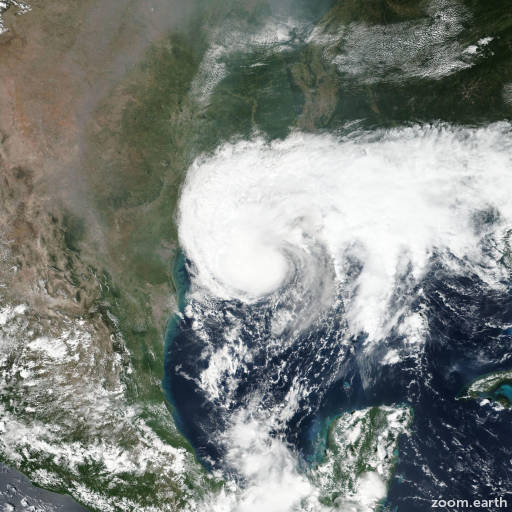Tropical Storm Beta 2020
Last Modified:

Satellite images, weather maps and tracks of Tropical Storm Beta 2020, 17 - 25 September. Max wind speed 65mph.
Click on the map to add points. Double‑click to finish.
Tap on the map to add points.
Last Modified:

Satellite images, weather maps and tracks of Tropical Storm Beta 2020, 17 - 25 September. Max wind speed 65mph.